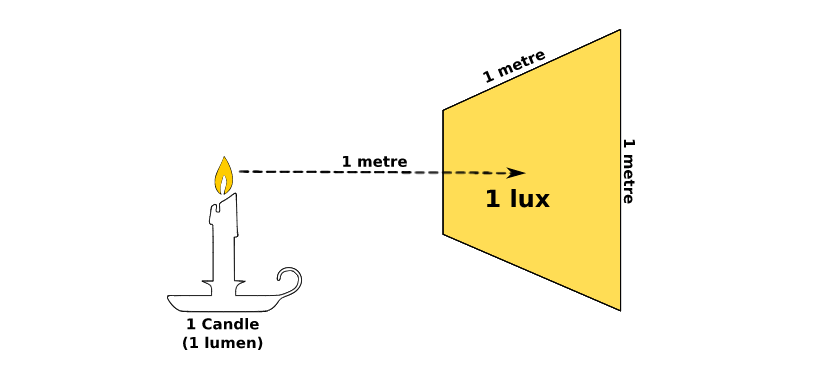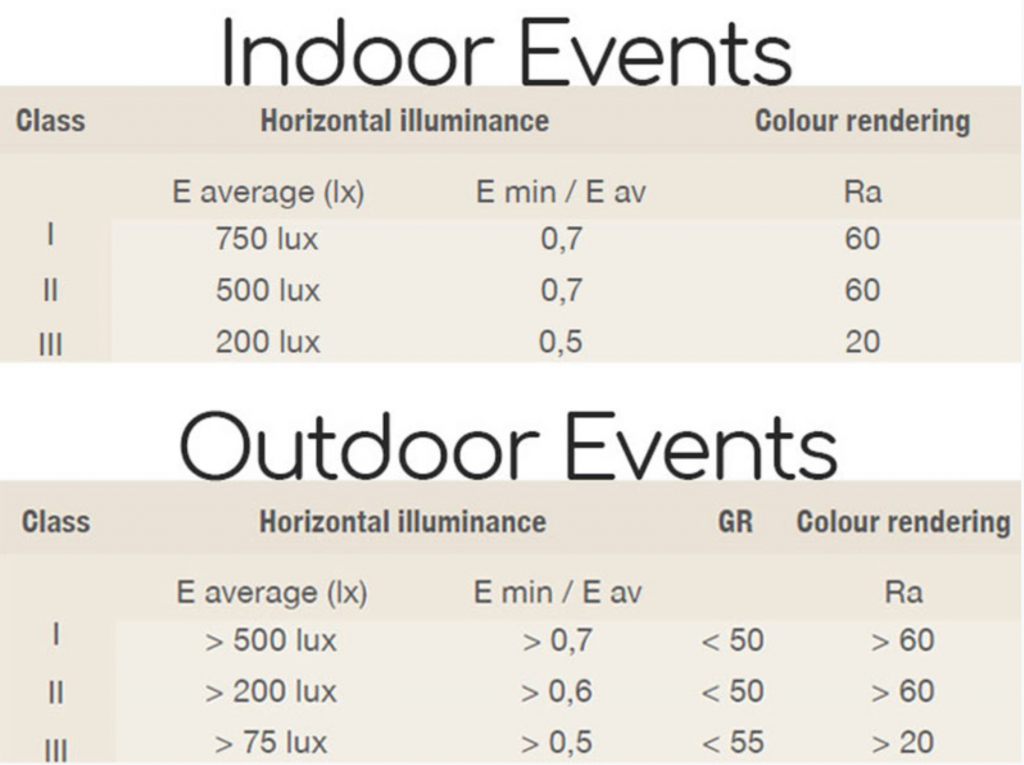Thinking of changing the lighting design of your basketball court? Basketball is one of the most popular and commonly played sport at different levels, from school to college, and from the backyard to professional.
This sport is played indoors and outdoors in a basketball court. Since basketball is mostly played indoors, lighting has a huge role to play during a match. For instance, a court lacks sufficient light, this will make it challenging for the players to see the ball while the audience will not see what is happening. It will become impossible to play the sport. There is a chance the match will end in a fight. So, to make sure nothing of this sort happens, it is advised to properly light up the court.
For a long time, lighting solutions like halogen and metal halide lamps were used. The traditional lighting is expensive in terms of money, energy, and maintenance. In addition, such conventional lighting doesn’t last long.
Shifting to LED lights is a good option. This is because stadiums or courts require high wattage along with high lumens. With the LED lights, you can easily brighten up the court, the light will be distributed evenly to all the corners, and it will be easy on the eyes of spectators and players. This helps in making playing basketball fun and convenient both, outdoors and indoors.
To make sure the court is well-lit, you must pay attention to the lighting design of the basketball court. In this post, we have created a guide for helping you have the right lighting design. Before purchasing lights, you have to know these details.
1 How big is your court?
Take Your Gym’s Measurement. There are two steps you must take before purchasing luminaires to light up your basketball court. First, determine if your project involves an indoor or outdoor court. Then find out the court’s measurements. Most are high school court sized so our dimensions will be 84 feet in length and 50 feet in width. The ceiling’s minimum height must be at least 16 feet so that it doesn’t interfere with play. The higher the ceiling, the less likely the ball will hit it so we recommend a 24-foot mounting height if possible.
The next step is to find out how much lux/footcandles you may need to fully illuminate your basketball court.
2 How many lux/footcandles do you need?
What is lux
Lux is used to measure the amount of light output in a given area – one lux is equal to one lumen per square meter. It enables us to measure the total “amount” of visible light present and the intensity of the illumination on a surface. Thus, it is important in what direction the light source shines. This value is irrespective of the number of light sources it uses, the colour or the structure where the light shines. If the amount of Lux is indicated by a lamp, it is usually in the centre of the beam where the light intensity is highest.
What is footcandles
Here is a simple illustration that will help you understand the foot-candle measurement. Imagine setting a candle at a distance of 0.30 meters (1 foot) from a flat wall on which we’ve drawn a square shape measuring 0.09 square meters (1 square foot). One lumen per square foot will illuminate this surface.
One footcandle equals 10.764 lux
One lux equals 0.09 ftc
How many lux do you need
Official sport lighting standards are measured in footcandles, which indicates how much illumination you have per square foot. How bright your court needs to be really depends on two factors: who’s playing and who’s watching. Your 8-year-old nephew’s elementary league only requires about 50footcandles(500lux),while the local high school needs 75(750lux).
College basketball games are where the numbers get a little tricky. Normal everyday games need substantially less light than the televised games. Because they’ll be nationally broadcasted, the upcoming March Madness semi-finals and finals will need even more. The Championship game will need a whopping 125 footcandles(1250lux).
Most basketball courts base their lighting on a 10×10 foot grid. Smaller courts have lighting layouts that are pretty similar. The chart below shows the difference between a high school (green) and a regionally broadcast college (orange) sample light fixture layout and the grid they’re based on. Don’t forget the coaches and benchwarmers need some light as well, so be sure the sidelines are lit too.
Larger colleges with bigger gyms and budgets have a lot more freedom when it comes to fixture placement. As long as the light meter is picking up the minimum amount of light in each square, the layout isn’t as important.
3 How many watts do you need?
Examples: lighting design for backyard and recreational basketball events
The lighting design and standard would be different for residential, recreational, commercial and professional outdoor basketball courts. According to basketball lighting guidebook, it takes around 200 lux for the backyard and recreational events. Since the size of a standard basketball court is 4700 sq. feet (437 sq. meter), we need around 200 lux x 437 = 87400 lumens.
Then, how many powers do we need to light up the basketball court, stand and hoop? Since our LED light has 130 lumens per watt, we need at least 87400 / 130 = 672 watt LED. However, it is just an estimation only.
If you have any questions, please feel free to consult our lighting designers and engineers by filling in the information in our contact form.






